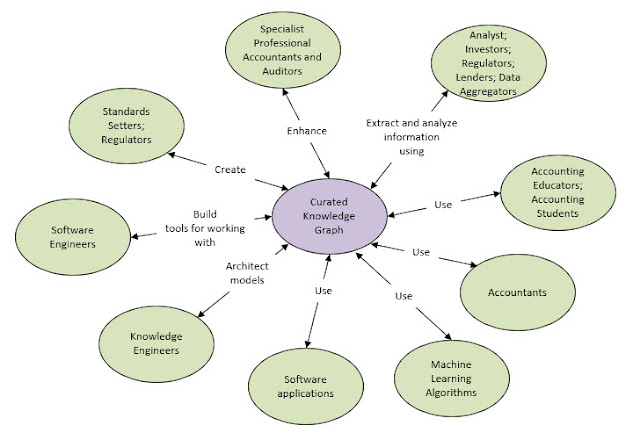Modern Prolog

"A programming language is a toolbox filled with problem solving tools."( 1 ) There are lots of different programming languages and approaches to creating a programming language. Bet you did not know that the first computer programmer was a woman named Ada Lovelace (a.k.a. the Countess of Lovelace ). Ada even has a programming language named after her, Ada . This graphic shows a summarized evolution of programming languages . Here is the more detailed version . Which is the "best" programming language? Well, that depends on what you want to achieve and can be a matter of preference in many cases. "Best" depends on the problem you need to solve. Somewhat unique among programming languages is PROLOG . PROLOG (PROgramming LOGic) is a declarative logic programming language which was developed 50 years ago. While many if not most other familiar programming languages are imperative ; unlike those other programming languages, PROLOG is a declarative programm








